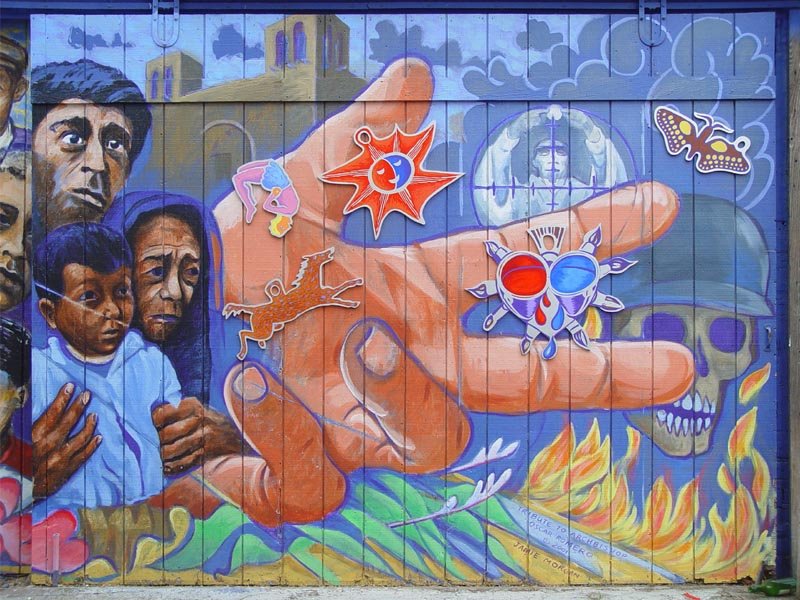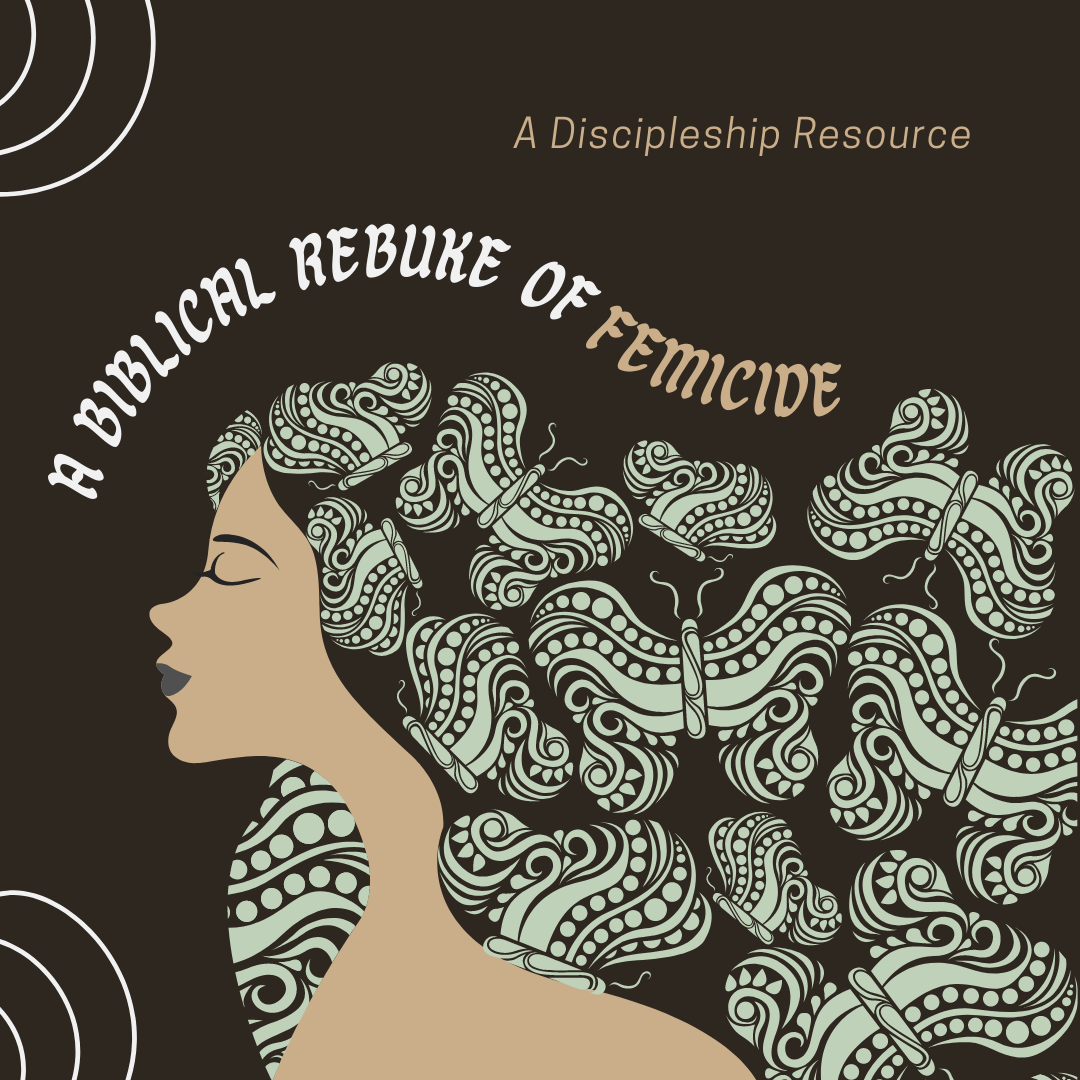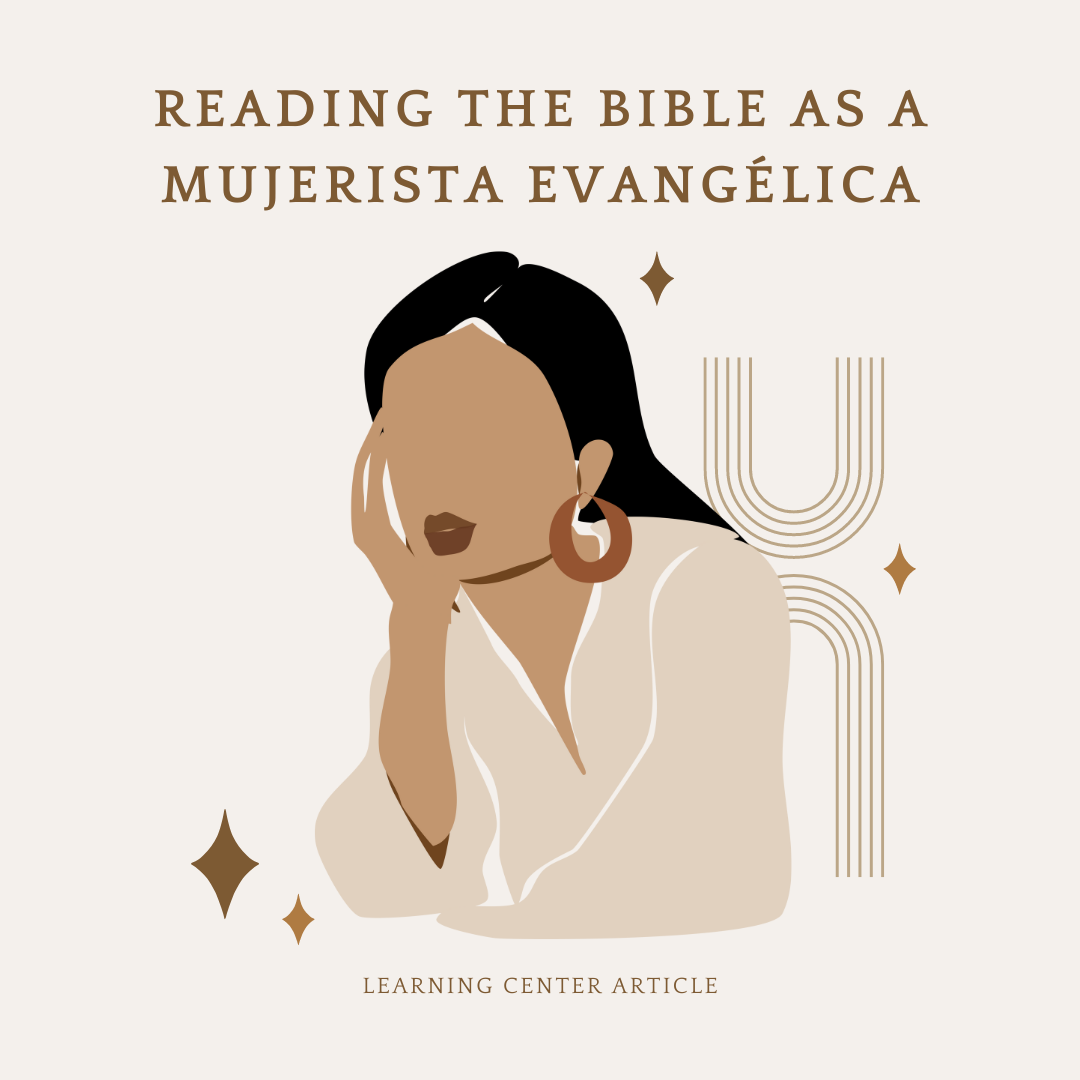¿Y lo indígeno, donde está?
December 24, 2023
“Grampa,” I said to mi abuelo as we sat around family on Noche Buena, waiting for the pozole to heat up. My Grampa understands English but is much more comfortable having conversation in Spanish. Even so, at a very young age in our predominantly Spanish-speaking household, I called him “Grampa” in English with a slight Spanish accent. I don’t know why, but it stuck, even as our conversations always continued in Spanish.
“Grampa, sabes como hablar en Nahuatl?”[1] I asked him.
Nahuatl is the indigenous language of the Mexica people, the group that resided in what we now know as Mexico City before the Spainards came to colonize them. Although the Spainards spread their own language and religion throughout the land, many groups remained indigenous, retaining their own language and culture to the best of their ability, often resulting in various religious expressions. A multitude of indigenous languages and dialects still remain even today in the land of Mexico and Guatemala.
Right when I asked my Grampa if he knew Nahuatl, my tía scoffed at my question. Why would my Grampa, su padre, know Nahuatl? My Mexican American family only speaks Spanish and English. And how could my Grampa, her father, know Nahuatl? Right as she scoffed, my Grampa answered, “Si, pero nomas las palabras malas. Y también puedo contar hasta diez.”[2] He continued to count up to ten without wavering: “Ce, Ome, Yei, Nahui, Macuilli, Chicuace, Chicome, Chicuei, Chiconahui, Mahtlactli.” My tía gaped at me and her father.
“I…I didn’t know that…” she said, baffled.
How could she? We never talk about our indigenous roots.
The more I learn about the indigenous people and the Nahuatl language, the more I learn about myself and my theology. For the longest time, I saw my mestizaje at the intersection of my Mexican and U.S. American culture. As a second-gen daughter of immigrants, I grew up in a household that was proud to be Mexican, even if at times I was not. But we never talked about our indigenous roots—they did not exist.
This semester, I had the privilege of taking a class on the History of Mexico. Although I knew that the Mexica people commonly referred to as the “Aztecs” were in the land long before the Spanish came, to me they were simply distant history. They were ancient people who wore fancy headdresses and sacrificed on pyramids, all generalizations from the cartoons I would watch; I had no real connection to them. It wasn’t until I learned about the complexities stemming from the colonization of the indigenous people in Mexico that their culture came to life in my own. It was then that I realized that mestizaje did not completely erase the indigenous roots of my family.
Mestizaje occludes the past.
A theology of borderlands, of mestizaje, has always been essential to my thinking. Does God reside in the borderlands? Does Jesus not represent mestizaje? Virgilio Elizondo, a Catholic theologian who pushed forward the idea of mestizaje, considers a theology that outlines just that—a God who sits in between cultures, who came to flesh as a Galilean Jew. However, as various treatments of mestizaje point out, this theology has the potential to fall victim to a flattening of difference. It has the potential to ignore people at the margins of the margins—the Afro-Latine and indigenous people that are often overlooked in constructions of mestizaje.
But mestizaje cannot completely erase it.
I also learned in my academic exploration that my family commonly uses a word that they thought was Spanish, the word choquía. It describes a wet-like, stale scent and comes from the Nahuatl language. Growing up, my abuela would tell me that I smelled like choquía after playing outside all day. Just recently, my abuela asked me if the tiramisu I was eating tasted like choquía after it was sitting out in the air for an extended period of time. When I asked my mom if she knew that the word was Nahuatl, she denied that it even was. “How could it be Nahuatl?” she had said. “Everyone around me growing up in Mexico used it. It was always just in Spanish.” She had no idea that some of her words had carried on for centuries into her own mestiza language.
Some things just stick.
I never would have thought of myself as indigenous. My mestizaje always represented the in-betweenness of Mexican and U.S. culture, but as I learn how many indigenous traditions carry on, even in my own family, my mestizaje has become more complicated. It has changed. It’s more like the pozole we eat on Christmas Eve now. Known as a traditional Mexican dish of maize kernels in a tasty stew with a mixture of spices and vegetables, it is typically eaten during times of festivities. Not many know, however, that it originally came from the Nahua people, called pozolli before the Spanish took the word and made it their own. Although the word was changed, the food did not. It did not disappear. People have forgotten its origins, but its thick chunks have made their way into the Mexican culture. The taste still remains.
Mestizaje has the potential to hide these differences, but the pieces are not so easily erased. The one experiencing mestizaje is constantly aware of the ways they are torn between cultures, languages, spaces. Instead of viewing mestizaje as a process that eventually produces “one” future mestizo people, perhaps we can follow the thread of viewing it as nonlinear, as something that constantly shifts and rearranges. A theology of mestizaje is an invitation to theologize through a lens of “in-betweenness,” one that does not diminish difference, but allows difference to enrich faith. These chunks remain and will continue to be revealed as long as we recognize that each person experiencing the “in-between” has a story to tell. It is the power of liminality.
“In-betweenness is not only pain; it’s promise. It is power. It parallels the power of Jesus, the Galilean Jew, who all said nothing good can come from Galilee. In-betweenness holds us together.” —Justo González[3]
About Michelle Navarrete
As a second-generation Latina who lives in between the Mexican and American cultures, my faith inevitably intersects with my culture and experiences. My passions stem from within the Old Testament, and I use storytelling in my academics to engage others and cultivate connection. People are part of this passion and I want my work to reflect that. Currently located in the most diverse square mile of the United States in Clarkston, GA, I am a doctoral student of the Old Testament at Emory University. During my time at World Outspoken, I hope that my contributions will renew faith perspectives in a way that mobilizes restoring change within communities.
Footnotes
[1] “Grampa, do you know how to speak Nahuatl?”
[2] “Yes, but only the bad words. And I can also count to ten.”
[3] I had the privilege of listening to Dr. González speak for an intensive week-long course I took at Emory. He speaks about how mestizaje can connect even those who do not identify as Latine.
Articles like this one are made possible by the support of readers like you. Donate today and help us continue to produce resources for the mestizo church.





